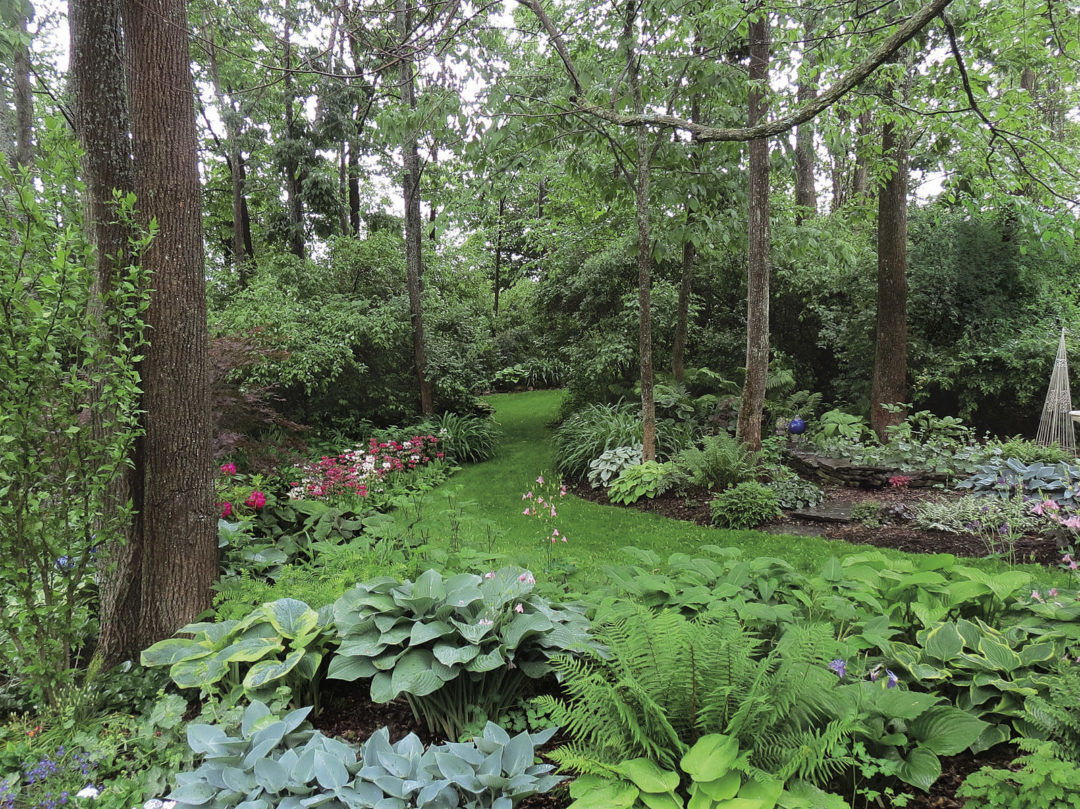Substantial pavers can be utilized similarly as block and stone, yet poured substantial edging is one more great decision for a slanted grass. The heaviness of the substantial keeps it set up, however this is the most costly grass edging choice.
Landscaping can be challenging, especially when dealing with slopes. Choosing the best landscape edging is essential to prevent soil erosion and keep the area neat. Metal edging is the best type for slopes as it can withstand the pressure of soil and gravel and won’t warp under direct sunlight.
It provides a clean, crisp edge and can be easily installed. Other types of edging, like plastic or wood, may rot, break or bend, which can ruin the look of the slope over time. Don’t take chances with your slope; opt for sturdy metal edging for a beautiful, functional landscape.
| Highlights | Description |
| Garden edging ideas for slopes and mountains | Useful designs for difficult terrain |
| Flexible borders | Borders that can bend and curve |
| Stone edges | Natural-looking borders with rocks |
| Retaining walls | Hold soil in place for a level garden |
| Plants for edging | Green options for an eco-friendly garden |
How To Do Landscape Edging On A Slope?
Dig a trench into the slope to level the edge of the flower bed on a slope. Next, lay down pavers, level them, add more, and insert a plant bed liner. Sloped garden ideas: planting.
Landscape edging is an essential aspect of any garden design, especially if you have a slope in your yard. Proper edging helps to keep your plants in place and prevent soil erosion. If you want your home to have a well-maintained and polished look, then you need to know how to do landscape edging on a slope. Here are some important steps to follow:
To ensure stability, use stakes to anchor the edging materials into the ground.
Important tips for landscape edging on a slope:
– Choose the right materials. For slopes, it’s recommended to use materials that are flexible and can conform to the curves in the ground, such as metal or plastic edging.
– Ensure proper drainage. Before installing the edging, make sure the slope has proper drainage to prevent water from pooling.
– Level the ground. Make sure the ground is levelled, and the edging is installed at the right height to prevent soil erosion.
By following these important tips, you can create a beautiful and functional landscape design on a slope. With careful planning and execution, you can create a garden that will be the envy of your neighborhood!
Related Article: Gravel Garden
How Do You Landscape A Hill Garden?
Use Metal Trellises and Flowering Vines, Work on Your Paths, Build Up Rocks, Install Artificial Grass, Create Terraces, Include Water Features, Choose the Right Plants, Link Together Different Areas, and Use Metal Trellises and Flowering Vines.
Related Article: Garden Shed Landscaping Ideas for Backyards
How To Landscape A Hill Garden?
If your property has a sloping hill area, you can transform it into an attractive feature.
Landscaping a hill garden requires careful planning to ensure stability, functionality, and visual appeal. Here are some key steps to follow while landscaping a hill garden:
Important steps for hill garden landscaping:
- Start by evaluating the slope gradient and soil type to determine what plants and materials to use.
- Consider terracing the hill using retaining walls, steps, and leveled terraces to create easy access and prevent soil erosion.
- Choose plants that are appropriate for the microclimate and will thrive in the soil conditions of your hill garden.
- Include both hardscape elements, such as pavers, boulders, and water features, and softscape elements, such as trees, shrubs, and groundcovers.
Create a well-planned and captivating hill garden by using creativity, practicality and understanding of the hill garden’s unique properties.
Not:In addition to the information we have provided in our article on
garden edging ideas for slopes and mountains, you can access the wikipedia link here, which is another important source on the subject.
How Do You Lay Garden Edging On A Slope?
Other Options “Sunset” suggests planting attractive edibles along sunny garden paths. Gardeners can also combine edibles like herbs, peppers, eggplant, or grasses with native plants or grasses. Groundcovers can also be used as natural edging because they help prevent soil erosion and suppress weed growth.
How Do You Level Edging Stones On A Slope?
Leveling edging stones on a slope can be a tricky task but with the right technique, it can be achieved easily. Firstly, mark out the area and set the edge course in place. Then, place the first stone and adjust it to the desired level. Use a rubber mallet to tap the stone into place and add or remove sand underneath it as required.
Repeat this process for each stone, making sure each one is level and flush against the adjacent stone. A proper level and sturdy base is important for edging stones. Make sure to double-check the slope and take your time to ensure a professional finish.
“The key to level edging stones on a slope is to ensure a proper level and sturdy base”
Important items to keep in mind while leveling edging stones on a slope:
– Mark out the area and set the edge course in place
– Start with the first stone and adjust it to the desired level
– Use a rubber mallet to tap the stone into place and adjust sand underneath as needed
– Double-check the slope and take your time for a professional finish.
FAQ – Garden edging ideas for slopes and mountains
What types of garden edging are suitable for slopes?
Terracing, Retaining Walls, Rocks, Stones
How to prevent soil erosion in a mountain garden?
Plant groundcovers, Install retaining walls, Terracing
